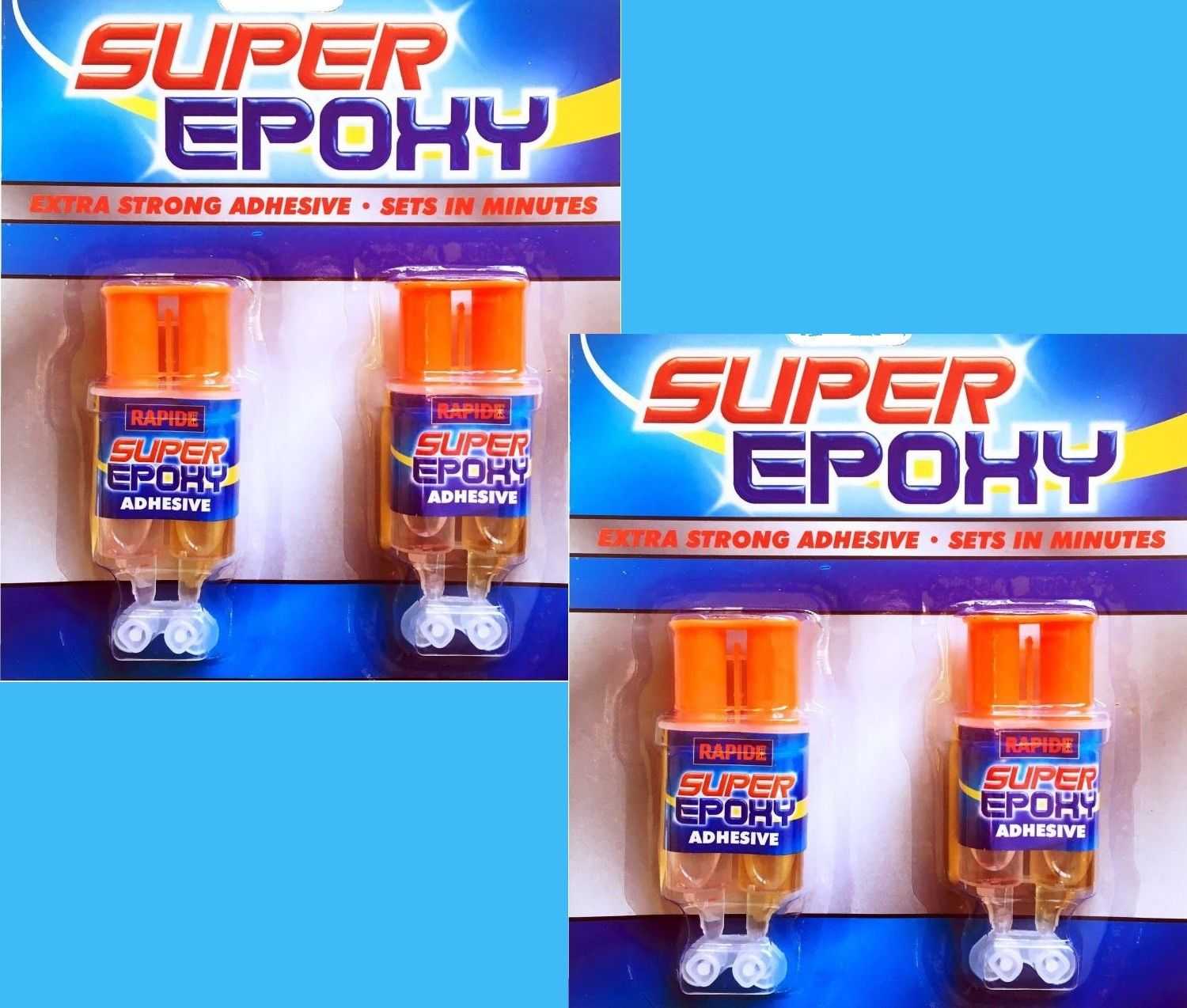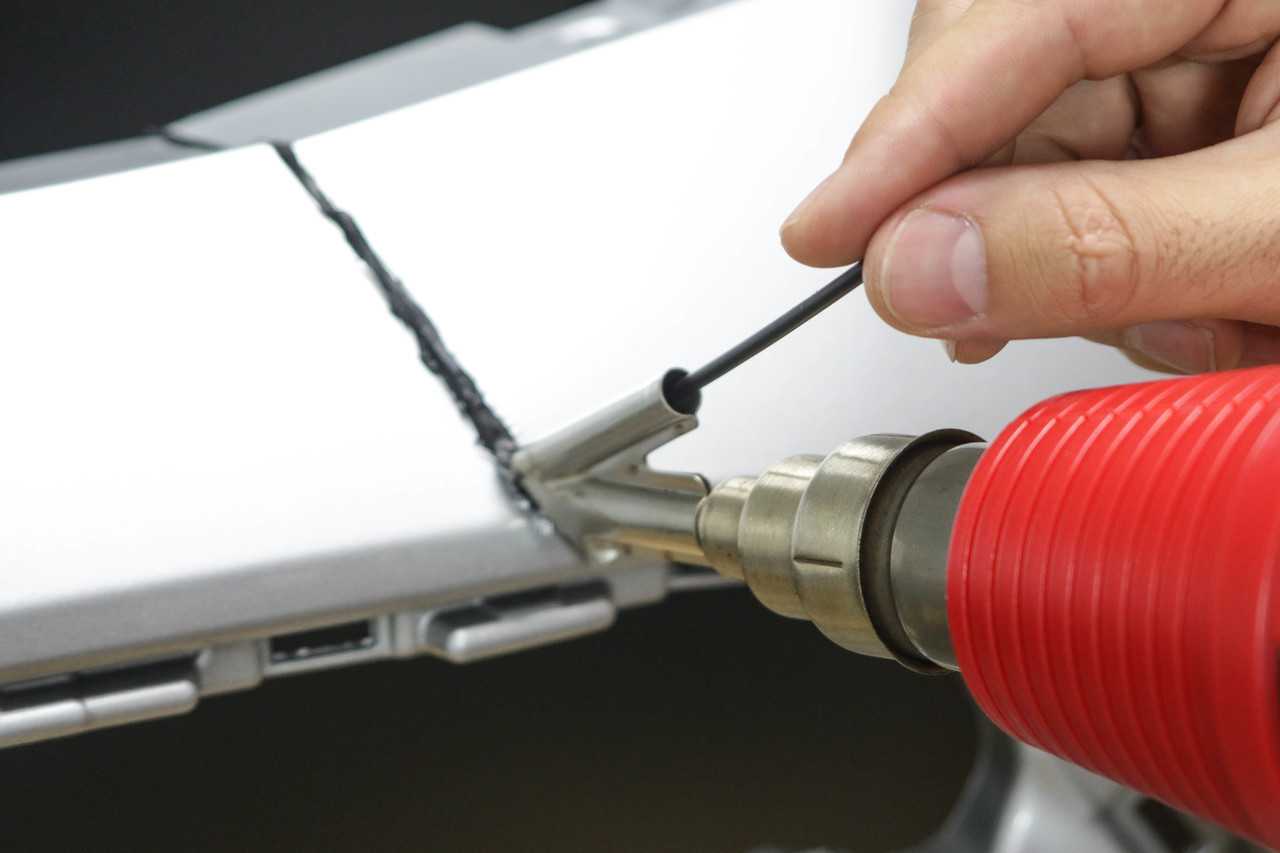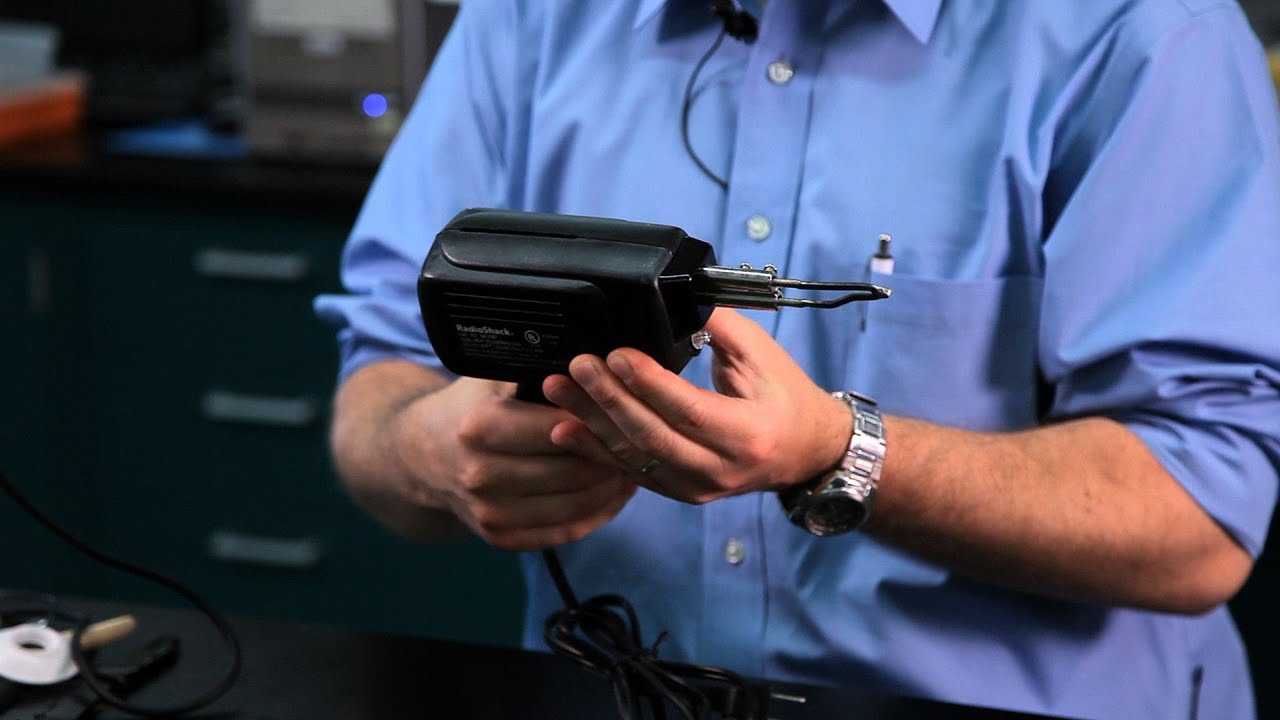All you need is a gas tank that serves you well and withstands the time. However, the gas tank does wear off or receives scratches and leaks over time. Even if it is a cheap component to replace in a car, it does not mean you need to go through the replacement every time. As a result, the repair takes place that involves sealing the leak using different methods. Today, we are going to discuss methods about plastic gas tank repair and how you can proceed with every of these.
Contents
Plastic Gas Tank Repair: Learn Different Methods to Seal the Leak
Majorly, there are three methods by which you can work on fixing the leak or scratches on the gas tank. These methods involve using the epoxy glue, the plastic welder, and the soldering gun. You can try fixing the issue with whatever method you find convenient, let’s have all three here-
Preparing the Tank
Before you proceed with the plastic gas tank repair, it is important to prepare the gas tank so the method can work on it. To prepare the tank, you first need to drain it and let your tank dry out. Get the content into a container safely and put it aside. Use a cloth to wipe if it feels greasy; leave it open in the sun. Well, emptying the container is not mandatory if you are using epoxy glue.
Applying the Epoxy Glue
Before going on “how to repair a plastic gas tank,” you would need a cloth to wipe, alcohol, epoxy glue, fiberglass patch, and sandpaper at last. Once you have emptied the tank, leave it to dry for about 5 to 6 hours. When it seems completely dry, take the sandpaper and sand the area where there is a crack. Wipe the area by taking some alcohol on the cloth. Rubbing the alcohol on the damaged area ensures that no grime or dirt is left. It helps the epoxy glue to stay on the surface for longer.
Now, it is time to take the putty and mix it well. You can also wear the gloves while kneading the two parts of the putty. Do it for a few minutes until it forms one color and seems solid and ready to be applied.

Read More:
- Symptoms of Having Water in the Car’s Gas Tank
- Why Different Vehicles Have Gas Doors on Different Sides?
Take the putty and start applying on the leaky surface. Apply enough pressure so you can stretch it enough that it forms a thin layer. It should be flat enough that some part of it goes into the leak and stays around the leak as well.
Next, to secure the leak, even more, you need a fiber cloth that you need to apply on the putty. Cut it carefully using a knife or scissors while wearing the gloves. Apply the cloth over the glue and press it down firmly.
Once you are done with the steps, take the remaining glue and apply it over the fiberglass cloth and cover the entire area well. Wait for 4 to 5 hours to let the glue get dried completely. Afterward, take the sandpaper and sand the area to smoothen it up.
Tip: Use the putty method if you want to leak the seal using the safest and easiest method.
Using the Plastic Welder
The second one among the plastic fuel tank repair procedures needs you to use a plastic welder. To make the welding method work, you would need the welding rods, eye and head protection along with gloves. Use sandpaper as well to scrape off the excess material from the surface.
Make sure you buy the welding tool that is right for your task. You can also head to the welder shop and rent out one. Ask for the recommendation about the welding rods too with the salesperson.
When it is about welding, you need to empty the container and have it in an open space. Make sure you drain the content and dry it thoroughly before proceeding. Wear all your protection before you go welding!

Start using the rod in a way that it fills the leaky area well without leaving anything undone. If you are not sure about welding, check out some videos about the same or you can hire a professional too. Wait until the entire seal dries up or 6 to 8 hours and finish with the sandpaper by removing the excess seal.
If you want to get rid of any gas tank repair, you can also prefer a metal tank. These tanks are strong enough to serve you longer; however, they have their limitations too, such as the possibility of corrosion and weight. Make sure you observe both the pros and cons of having a metal vs. plastic gas tank.
Using the Soldering Gun
The last method depicts the process of using a soldering gun to fill the gap and seal the tank. For the job, you need the epoxy glue, the plastic patch, sandpaper, and of course, the soldering gun. Read out the collection Maintenance Tips and never leave your car’s issue uncured.
For soldering, you would need a completely cleaned and dried tank. That is why make sure you empty the tank and clean it inside and outside. Use the sandpaper on the area that needs the seal to smoothen it up.
Get a plastic patch or a piece of plastic similar to the material of your gas tank. Use a slightly bigger plastic piece than the area that is to be sealed.

Now, you need to warm up the soldering gun enough so it can make the work happen. Take the gun and use it into the leak so the plastic there can get a bit soft. While the plastic is still soft, insert the plastic patch there and solder the plastic gas tank until it gets blended completely. You need to use the epoxy glue in between to make everything secure. At last, use the sandpaper and scrape the excess material.
Conclusion
These are the three ways by which you can perform a plastic gas tank repair. Not just for the cars but other plastic tank repairs can be done using the same procedure. If you are not sure about performing the repair yourself, get a professional, and have the gas tank repaired.



